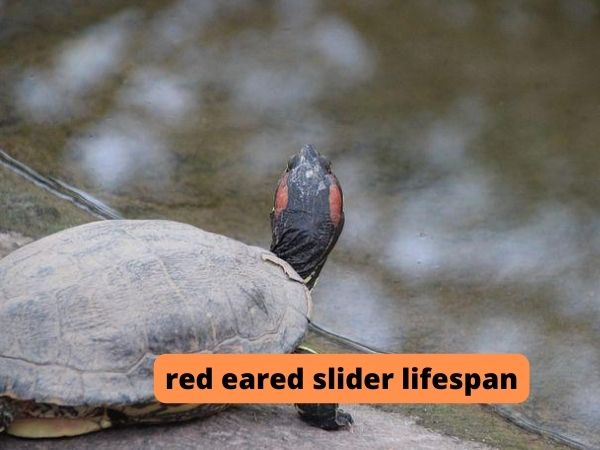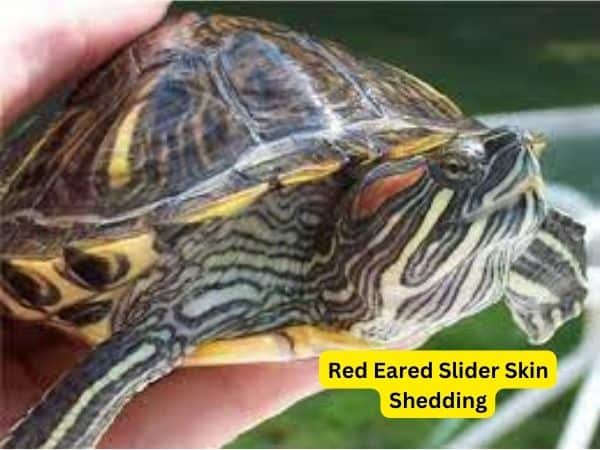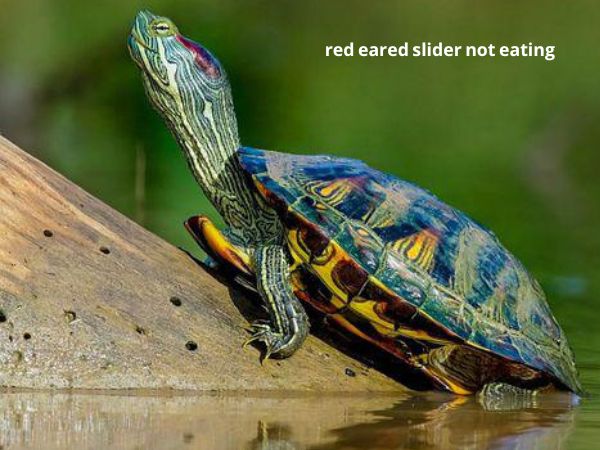red eared slider lifespan: a detailed biography
Do you know what is a red eared slider lifespan? Red eared sliders can have a lifespan of anywhere from 10 to 25 years, though the average is around 15-20 years. They are a fairly hardy species, but like all animals, they are susceptible to disease and injury. Proper care and diet will help ensure that your slider lives a long and healthy life.
What is a red-eared slider and where do they come from?
The red-eared slider is a popular type of pet turtle that gets its name from the red striping around its ears. These turtles are originally from the southeastern United States and northern Mexico, but they have been introduced to other parts of the world through the pet trade.
Red-eared sliders are semi-aquatic, meaning they spend part of their time in the water and part of their time on land. In the wild, these turtles typically live around 30 years, but in captivity, they can live even longer – up to 40 years or more!
If you’re thinking about getting a red-eared slider turtle as a pet, be sure to do your research first and provide them with everything they need to thrive.
Factors that may affect the lifespan of a red-eared slider:
One of the most important factors affecting a red-eared slider’s lifespan is its environment. If they are kept in an enclosure that is too small or does not have enough places to hide and escape the light, they will become stressed and this can shorten their life span significantly.
Red eared sliders also need access to clean water and a basking area with a UVB light in order to stay healthy and avoid problems such as shell rot or metabolic bone disease.
Diet is also important for red eared sliders. They should be offered a variety of foods, including pellets, vegetables, fruits, and live prey items. Feeding them a diet that is too high in protein can lead to health problems such as obesity and liver disease.
Overall, the best way to ensure a long and healthy life for your red eared slider is to provide them with a well-rounded diet, a clean and spacious enclosure, and plenty of places to hide and escape the light. By meeting their basic needs, you can help them enjoy a long and happy life.
How to increase the lifespan of your red eared slider?
There are a few things you can do to help increase the lifespan of your red eared slider:
- Provide them with a clean and spacious habitat. A dirty tank can lead to health problems for your turtle.
- Give them a varied diet. Red-eared sliders are omnivores, so they need both plant and animal matter in their diet.
- Keep them healthy by taking them to the vet for regular checkups and vaccinations.
- Provide them with plenty of opportunities to exercise and bask in the sun.
- Handle them gently and avoid stressors that can cause them to become sick or die prematurely.
By following these simple tips, you can help your red-eared slider live a long and healthy life.
red eared slider lifespan in the wild:
The red eared slider is a freshwater turtle that has become one of the most popular pet turtles in the United States. They are native to the southern United States and can be found as far north as Illinois and Indiana. In their natural habitat, red eared sliders prefer warm weather and can be found basking on logs or rocks near the water’s edge.
Red eared slider lifespan in captivity is thought to be 10-20 years when cared for properly. These turtles can grow to be 8-12 inches long and will need a tank that is at least 40 gallons. A diet of pellets, vegetables, and live food will help your turtle thrive. While they are active swimmers, they also enjoy basking in UVB light.
With proper care, your red eared slider can be a fun and rewarding pet. They are relatively low-maintenance turtles that are sure to provide you with years of enjoyment.
red eared slider lifespan vs box turtle lifespan:
Red eared sliders tend to have a shorter lifespan than box turtles, typically living around 10-15 years compared to 50-100 years for box turtles. This is largely due to the fact that red eared sliders are a more delicate species and are more prone to diseases and injuries. Box turtles are also built for longevity, with a strong shell that can protect them from predators and accidents.
The lifespan of turtle vs tortoise:
Turtles and tortoises are both in the order Testudines, meaning they have a shell that covers their body. There are many different species of turtles and tortoises, but they all belong to one of two families: Cheloniidae (turtles) or Testudinidae (tortoises).
Turtles tend to live in water, while tortoises live on land. The primary difference in their lifespans is that turtles can drown, while tortoises cannot. Tortoises also tend to be more adapted to extreme environments, such as deserts, making them better able to survive for longer periods without food or water. On average, turtles live about 30-40 years, while tortoises can live 80-100 years or more.
There are many other differences between turtles and tortoises, including their appearance, diet, and habitat. However, the most important difference is that turtles are reptiles and tortoises are mammals. This means that tortoises are warm-blooded, while turtles are cold-blooded. Tortoises also have fur, while turtles do not. Finally, tortoises give birth to live young, while turtles lay eggs.
Frequently Asked Questions (Faqs’):
The most common causes of death in red eared sliders are dehydration, injuries, and infections.
There are a few other different things that can kill red eared sliders, including getting stuck in fences or wire mesh, being caught by predators, ingesting foreign objects, and suffering from health problems like liver failure or pneumonia.
Answer:
To accurately determine the age of a red eared slider turtle, it is best to consult with a veterinarian or reptile specialist. There are several methods that can be used to determine the age of a turtle, including examining the shell for growth rings and looking at the size and shape of the skull.
However, these methods can be tricky and may not always be accurate. The veterinarian or reptile specialist will have more experience and knowledge in properly assessing the age of a red eared slider turtle.
Answer:
Information on a red-eared slider’s lifespan can be hard to find because it is an animal that is frequently kept as a pet. Since most people who keep pet turtles do not release them back into the wild, there is little data available on how long they live in their natural environment.
Additionally, many people who own red-eared sliders do not know how to care for them properly, which often leads to them not reaching their full lifespan.
Answer:
The longest known lifespan for a pet turtle is 49 years and was held by a RES named “Tetra”. However, many other turtles can live to be over 30 years old.
Answer:
Red-eared sliders live in freshwater habitats like ponds, lakes, and rivers. They can also be found in brackish water areas and, rarely, in salt water.
Answer:
Your red-eared slider might be dying if it’s lethargic and swimming abnormally, or if it has sores or lesions on its body. If you think your red-eared slider is dying, take it to a veterinarian immediately.

Final words:
The average lifespan for a red eared slider is 15-20 years. While this may seem like a long time, it’s important to remember that proper care should be taken to ensure your pet lives a healthy and comfortable life. By following the tips in this blog post, you can help make sure your slider has a long and happy life.


